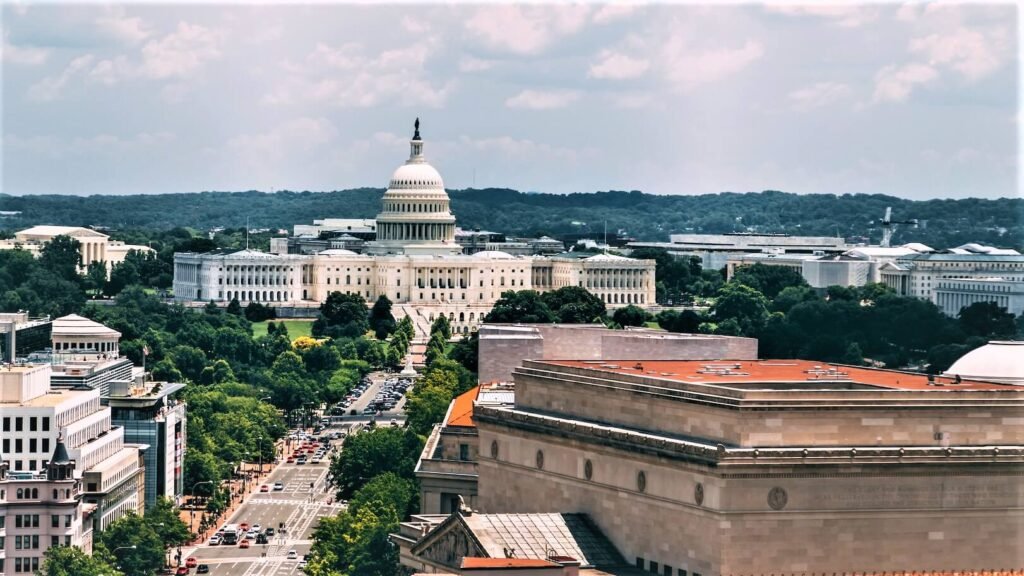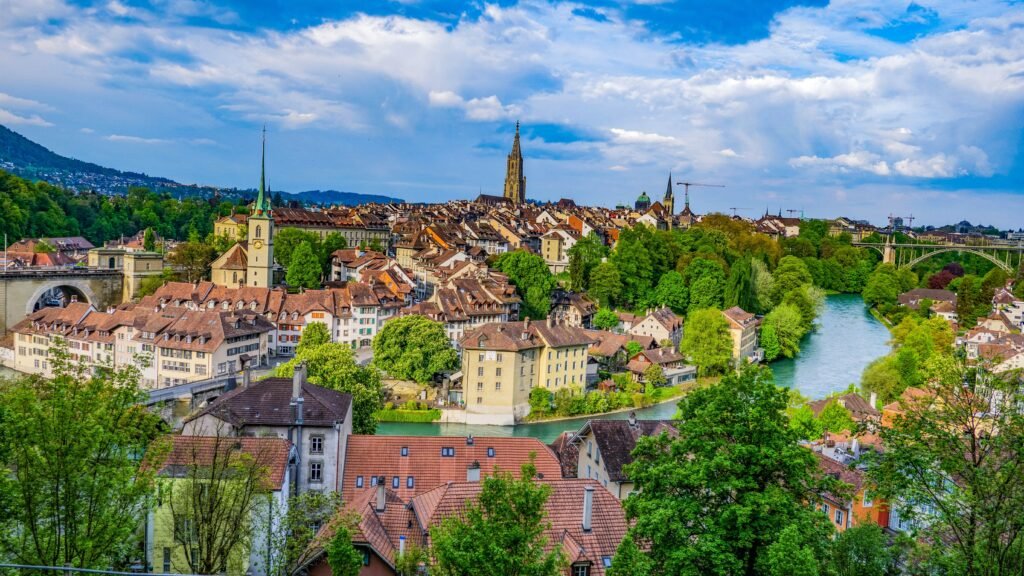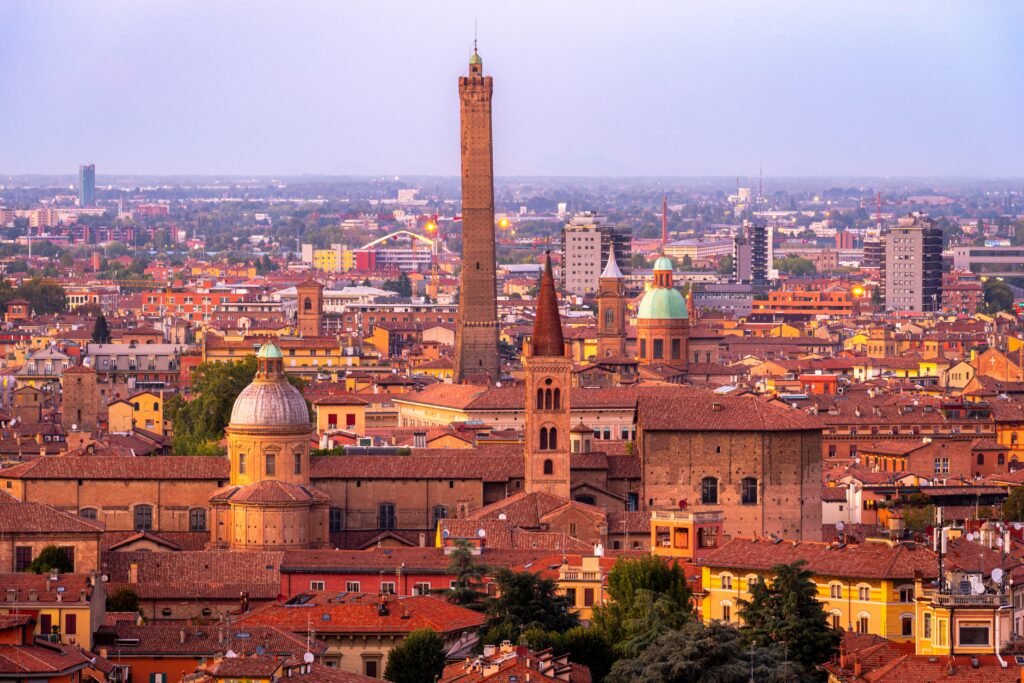Welcome to the heart of American history and culture—Washington, D.C.! This vibrant city is not only the capital of the United States but also a melting pot of rich history, iconic landmarks, and diverse neighborhoods. If you’re planning a visit to this captivating city and wondering where to stay, we’ve got you covered. From luxurious hotels to cozy neighborhoods, here’s a comprehensive guide on where to stay in Washington DC. Planning a trip to Washington D.C ? Check here for the best flights.
Table of Contents
Downtown D.C.: The Center of It All
Downtown Washington, D.C., is a dynamic and bustling district that serves as the heart of the city. It’s the place where history and modernity intersect, offering a seamless blend of iconic landmarks, world-class museums, vibrant neighborhoods, and bustling business centers. If you’re looking for a central location that puts you right in the middle of all the action, Downtown D.C. is the perfect choice.
Iconic Landmarks and Monuments: Downtown D.C. is home to some of the most recognizable landmarks and monuments in the world. The Washington Monument, an iconic obelisk that stands as a tribute to George Washington, dominates the skyline and serves as a reference point for navigation. Just a short stroll away is the Lincoln Memorial, where you can gaze upon the colossal statue of Abraham Lincoln and take in the breathtaking view of the Reflecting Pool and the National Mall.
Museums and Cultural Institutions: The Smithsonian Institution, a collection of museums and galleries, is a cornerstone of Downtown D.C.’s cultural scene. The National Museum of American History, the National Air and Space Museum, and the National Gallery of Art are just a few of the incredible institutions that offer a glimpse into America’s history, innovation, and artistic achievements. Most of these museums are free to the public, making it easy to explore and learn at your own pace.
The National Mall: Downtown D.C. is synonymous with the National Mall, a sprawling green space flanked by the Capitol Building to the east and the Lincoln Memorial to the west. This iconic stretch is where historic events like Martin Luther King Jr.’s “I Have a Dream” speech took place, and it continues to be a gathering place for celebrations, protests, and cultural events. Walking along the National Mall is an unforgettable experience, offering panoramic views of the city’s most cherished landmarks.

Luxurious Accommodations: In Downtown D.C., you’ll find a wide range of luxurious accommodations that cater to various tastes and preferences. From iconic historic hotels like The Willard InterContinental, which has hosted presidents and dignitaries for over a century, to modern establishments like the Mandarin Oriental with its elegant design and top-notch amenities, there’s no shortage of options for those seeking upscale lodging.
Culinary Delights and Dining Experiences: Downtown D.C. boasts an impressive culinary scene that reflects the city’s international influences. You can enjoy fine dining at upscale restaurants offering gourmet cuisine, or you can savor diverse flavors at food trucks and local eateries. The Penn Quarter neighborhood, located in Downtown, is a hotspot for dining, entertainment, and vibrant nightlife.
Convenience and Accessibility: One of the biggest advantages of staying in Downtown D.C. is its exceptional accessibility. The city’s efficient public transportation system, including the Metrorail and Metrobus, makes it easy to explore various neighborhoods and attractions. Additionally, many of the city’s tour buses and guided tours start from or pass through Downtown, providing you with convenient options for sightseeing.
Downtown D.C. offers an unparalleled experience that encapsulates the essence of the nation’s capital. With its proximity to historic landmarks, cultural institutions, fine dining, and luxurious accommodations, it’s no wonder that this vibrant district is a top choice for travelers seeking a comprehensive and immersive exploration of Washington, D.C.’s past and present. Whether you’re a history buff, an art enthusiast, or simply curious about the world around you, Downtown D.C. promises an unforgettable journey filled with discovery and wonder.
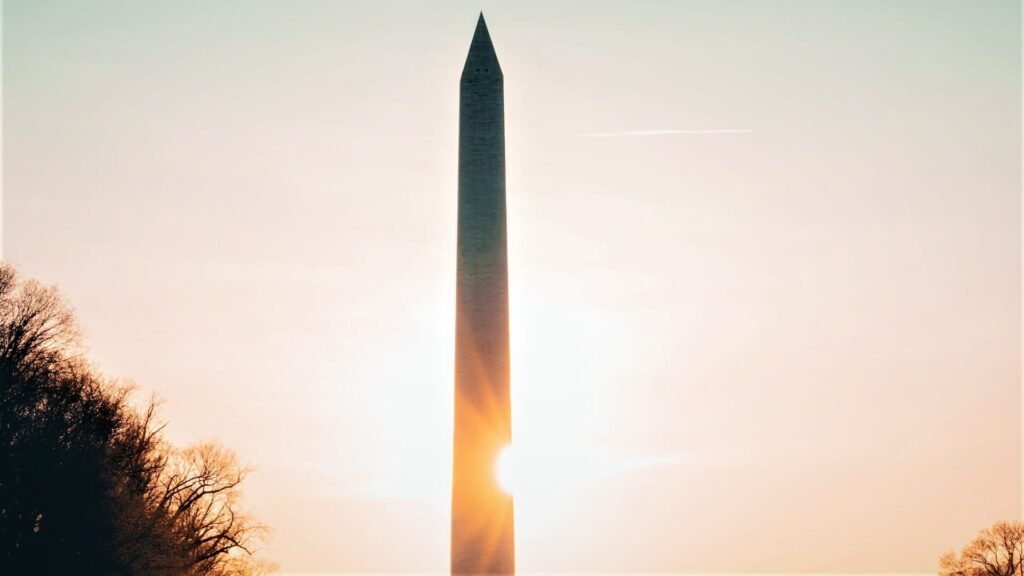
Georgetown : Quaint Charm and Waterside Beauty
Nestled along the banks of the Potomac River, Georgetown is a historic neighborhood that exudes timeless charm, cobblestone streets, and a picturesque waterfront. This enchanting district is a captivating blend of colonial architecture, boutique shopping, vibrant cultural scenes, and a tranquil ambiance that sets it apart from the bustling streets of downtown Washington, D.C. Here’s a closer look at what makes Georgetown a must-visit destination for travelers seeking a unique and immersive experience.
Historic Roots and Architecture: Georgetown’s history dates back to the 18th century, making it one of Washington, D.C.’s oldest neighborhoods. Its well-preserved colonial architecture, characterized by rowhouses with elegant facades and ornate details, transports visitors back in time. As you wander through the streets, you’ll discover hidden alleys, charming courtyards, and historic sites that tell the story of Georgetown’s evolution from a bustling port town to a refined residential enclave.
Waterfront Views and Serenity: One of Georgetown’s most alluring features is its proximity to the Potomac River. The scenic waterfront is a serene escape from the urban hustle and bustle, offering stunning views of the river, waterfront parks, and the Virginia skyline beyond. A leisurely stroll along the Georgetown Waterfront Park’s promenade allows you to unwind, enjoy the fresh air, and take in the beauty of the river.
Boutique Shopping and Art Galleries: Georgetown is a shopper’s paradise, renowned for its upscale boutiques, antique shops, and art galleries. M Street and Wisconsin Avenue, the neighborhood’s main thoroughfares, are lined with a mix of international luxury brands and local specialty shops. From high-end fashion to unique home decor, Georgetown offers a diverse shopping experience that caters to a range of tastes.
Historic Landmarks: The historic character of Georgetown is reflected in its landmarks. Dumbarton House, a Federal-style mansion turned museum, provides a glimpse into the area’s early history. Tudor Place, another historic house museum, showcases the life and times of a prominent Georgetown family. The Old Stone House, built in 1765, is the oldest unchanged structure in Washington, D.C., and serves as a museum dedicated to colonial life.
Culinary Delights and Dining Experiences: Georgetown’s dining scene is as diverse as its history. You’ll find a wide array of dining options, from cozy cafes and elegant restaurants to waterfront eateries with al fresco seating. Georgetown’s culinary offerings range from international cuisine to local favorites, making it a destination for foodies seeking both familiar and adventurous flavors.
Georgetown University and Campus Vibes: Georgetown University, one of the country’s oldest Catholic universities, is an integral part of the neighborhood’s identity. Its picturesque campus features stunning architecture, lush gardens, and a sense of academic vitality. The campus area seamlessly blends with the neighborhood, creating an atmosphere that’s both scholarly and inviting.
Annual Events and Festivals: Throughout the year, Georgetown hosts a variety of events and festivals that celebrate its heritage and vibrancy. The Georgetown French Market, held every spring, transforms the streets into a European-style market with arts, crafts, and culinary delights. The Georgetown GLOW, a winter exhibition of light art installations, illuminates the neighborhood during the holiday season.
Georgetown’s quaint charm and waterside beauty make it a destination that captures the essence of old-world elegance and contemporary vibrancy. Whether you’re strolling along the historic streets, enjoying the scenic waterfront, or indulging in its culinary and shopping offerings, Georgetown offers a truly unique and immersive experience that transports you to a bygone era while inviting you to embrace the present moment.
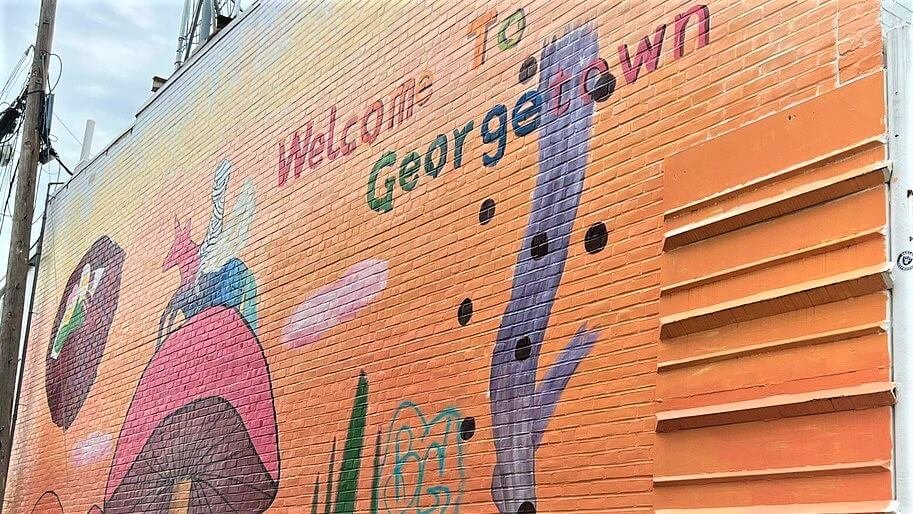
Dupont Circle: Cultural Hub and Diversity
Dupont Circle is a neighborhood in Washington, D.C. that radiates cultural vibrancy, diversity, and a welcoming atmosphere. Known for its historic significance, cosmopolitan character, and vibrant LGBTQ+ community, Dupont Circle stands as a testament to the city’s evolving identity. Here’s a deeper dive into what makes Dupont Circle a unique and captivating destination for travelers seeking a diverse and enriching experience.
Historic Beginnings: Originally developed in the late 19th century, Dupont Circle is named after the traffic circle at its center—a focal point that brings together several major streets. The neighborhood’s architecture showcases an eclectic mix of styles, including Victorian, Beaux-Arts, and Queen Anne, giving it a distinct and visually appealing character.
Cultural Landmarks and Institutions: Dupont Circle is home to an array of cultural landmarks and institutions that contribute to its reputation as a cultural hub. The Phillips Collection, the United States’ first museum of modern art, houses an impressive collection of works by renowned artists. The Anderson House, owned by the Society of the Cincinnati, offers a glimpse into early American history and art.
Diverse Community and LGBTQ+ Scene: Dupont Circle has long been a haven for the LGBTQ+ community in D.C. Its inclusive atmosphere, diverse range of businesses, and welcoming spaces have made it a focal point for LGBTQ+ activism and celebration. The annual Capital Pride Festival, which takes place nearby, draws thousands of visitors to the area for a colorful and lively celebration of diversity.

Embassies and International Flair: The neighborhood’s proximity to Embassy Row—the stretch of Massachusetts Avenue lined with diplomatic missions—lends Dupont Circle an international ambiance. Walking along Embassy Row, you can see a diverse array of architecture and cultural influences, reflecting the global nature of the neighborhood.
Cafes, Bookstores, and Local Flavor: Dupont Circle is known for its vibrant cafe culture and local businesses. The neighborhood’s tree-lined streets are adorned with charming cafes, bookstores, independent shops, and artisanal boutiques. The Dupont Circle Farmers Market, held on Sundays, showcases a variety of locally sourced produce and artisanal goods.
Culinary Diversity: When it comes to dining, Dupont Circle offers a wide range of culinary experiences. From international cuisine to local favorites, you’ll find everything from cozy bistros to upscale eateries. The neighborhood’s dining scene reflects the diversity of its residents and visitors.
Parks and Green Spaces: The namesake Dupont Circle park itself is a hub of activity. The central fountain and park benches create a relaxing oasis in the middle of the city, inviting locals and visitors alike to gather, people-watch, and enjoy the outdoors. Just a short walk away is the expansive Rock Creek Park, offering trails, recreational areas, and a natural retreat from urban life.
Annual Events and Festivals: Dupont Circle hosts a variety of events throughout the year that celebrate its cultural richness and diverse community. The Dupont Circle House Tour provides a peek into the historic homes and architecture of the neighborhood, while the High Heel Race, held around Halloween, is a whimsical and colorful spectacle.
Dupont Circle is a microcosm of Washington, D.C.’s cultural diversity, history, and progressive spirit. Its rich tapestry of landmarks, institutions, and local flavors invites exploration and appreciation. Whether you’re enjoying a leisurely afternoon in the park, engaging with the local art scene, or simply immersing yourself in the neighborhood’s unique character, Dupont Circle offers an enriching and unforgettable experience for travelers who seek cultural immersion and a celebration of diversity.
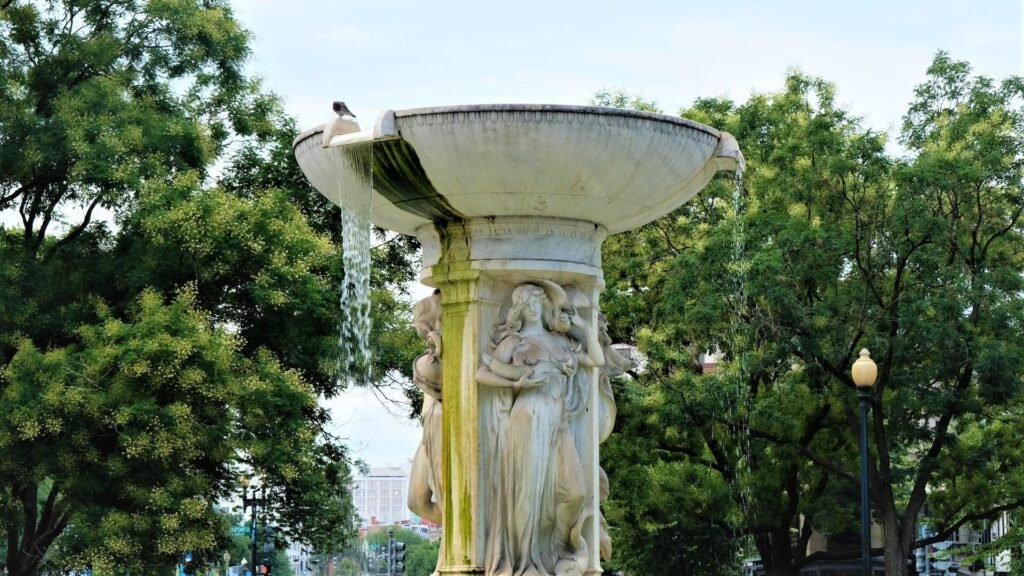
Capitol Hill: History Meets Politics
Capitol Hill stands as the epicenter of American governance, a district where history, power, and politics converge to shape the nation’s identity. As the seat of the United States Congress and home to some of the country’s most iconic institutions, Capitol Hill offers a unique and immersive experience that embodies the spirit of democracy, civic engagement, and historical significance. Here’s a closer look at what makes Capitol Hill a captivating destination for travelers seeking to delve into the heart of American politics and history.
Historical Significance: Capitol Hill’s history predates the establishment of Washington, D.C. itself. The U.S. Capitol, an iconic symbol of American democracy, sits atop a hill overlooking the city. The Capitol Building has witnessed pivotal moments in American history, from presidential inaugurations to landmark legislative decisions.
U.S. Capitol: The U.S. Capitol, with its iconic dome, is the focal point of Capitol Hill. Visitors can take guided tours to explore the historic chambers, galleries, and Statuary Hall. The Capitol Visitor Center provides an immersive experience with exhibitions that showcase the history and function of Congress.
Library of Congress: The Library of Congress, often referred to as the “nation’s library,” is the largest library in the world and a treasure trove of knowledge. Its stunning architecture and vast collection of books, manuscripts, maps, and more make it a haven for scholars and researchers.
Supreme Court of the United States: Located on Capitol Hill, the Supreme Court is the highest court in the land. Visitors can attend oral arguments and explore the court’s impressive building, learning about the role it plays in interpreting the Constitution.
Historic Rowhouses: The residential areas surrounding Capitol Hill are characterized by charming historic rowhouses. These homes, with their distinctive architecture and often colorful facades, offer a glimpse into the neighborhood’s past while adding to its picturesque ambiance.
Eastern Market: Eastern Market, established in 1873, is a vibrant public market offering fresh produce, artisanal goods, and unique crafts. It’s a hub of local culture, a place where residents and visitors come together to shop, dine, and engage with the community.

Monuments and Memorials: Capitol Hill’s proximity to the National Mall means that it’s within walking distance of numerous monuments and memorials, including the Washington Monument, World War II Memorial, and the Martin Luther King Jr. Memorial. This allows visitors to seamlessly explore both the political heart of the city and its commemorative sites.
Civic Engagement: Capitol Hill is a dynamic area where civic engagement comes to life. Visitors often encounter protests, rallies, and events that reflect the diverse range of voices and issues that shape American society.
Historic Barracks and Marines: The Marine Barracks, known as “8th & I,” is the oldest active post in the Marine Corps. The barracks hosts the Evening Parade during the summer months, showcasing the precision and discipline of the Marine Corps Silent Drill Platoon.
Capitol Hill serves as a living testament to the ideals and principles upon which the United States was founded. Its historic sites, political institutions, and the palpable sense of the democratic process in action make it a destination unlike any other. Whether you’re exploring the halls of Congress, delving into the Library of Congress’s vast collection, or simply soaking in the historical atmosphere of the neighborhood, Capitol Hill offers a deep and insightful journey into the heart of American history, politics, and governance.
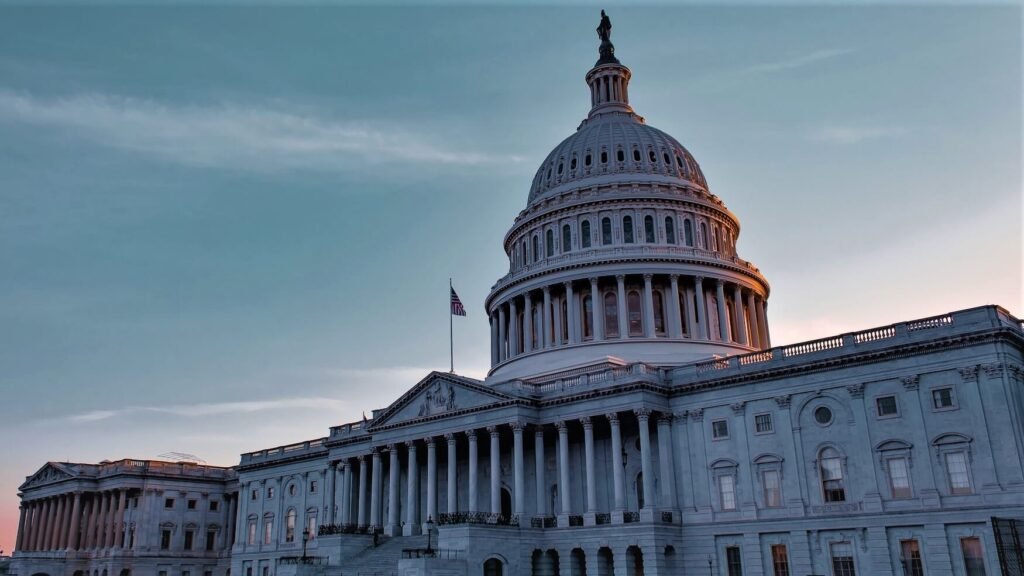
U Street Corridor: Music, Food, and Nightlife
The U Street Corridor, often referred to as the “Black Broadway,” is a vibrant and historic neighborhood in Washington, D.C. Known for its rich cultural heritage, music scene, eclectic dining options, and lively nightlife, the U Street Corridor offers a dynamic and immersive experience for visitors seeking to engage with the city’s diverse cultural tapestry. Here’s a more in-depth look at what makes the U Street Corridor a must-visit destination for those who want to explore the city’s entertainment and culinary offerings.
Historical Significance: The U Street Corridor has a storied history that dates back to the late 19th century. It was once a hub of African American culture and commerce, attracting renowned musicians, artists, and thinkers during the Harlem Renaissance. The neighborhood played a significant role in the civil rights movement, and its historic architecture stands as a testament to its legacy.
Live Music Scene: The U Street Corridor is synonymous with music. Legendary venues like the Lincoln Theatre and the Howard Theatre have hosted some of the biggest names in jazz, blues, R&B, and hip-hop. Today, the tradition continues with a variety of music venues offering live performances that span genres and cultural influences.
Nightlife and Entertainment: As the sun sets, the U Street Corridor comes alive with energy and excitement. Trendy bars, lounges, and nightclubs offer a range of experiences, from intimate cocktail spots to dance floors that pulse with music. The neighborhood’s diverse nightlife options cater to a wide array of tastes and preferences.
African American Heritage and Culture: The U Street Corridor is deeply rooted in African American history and culture. The African American Civil War Museum and Memorial, as well as the African American Civil War Memorial, pay homage to the contributions of African American soldiers and the history of emancipation. The neighborhood’s cultural legacy is celebrated through events, festivals, and artistic expression.
Culinary Delights: Food enthusiasts will find plenty to savor in the U Street Corridor. The neighborhood boasts an eclectic culinary scene, with restaurants that offer a global array of flavors. From soul food and Caribbean cuisine to international fusion and innovative farm-to-table concepts, U Street offers something for every palate.
Ethnic Markets and Local Shops: The U Street Corridor features a mix of ethnic markets and local shops that contribute to its unique character. These businesses offer a blend of imported goods, artisanal products, and handcrafted wares that reflect the neighborhood’s diverse community.
Art and Creativity: The U Street Corridor is a canvas for creativity, with vibrant murals and street art adorning its walls. The neighborhood’s artistic spirit is also evident in its galleries, showcasing the work of both established and emerging artists.

Annual Events and Festivals: The U Street Corridor hosts a variety of events and festivals throughout the year that celebrate its cultural heritage and contemporary vibrancy. The U Street Funk Parade, held in spring, is a lively celebration of music, art, and community.
The U Street Corridor is a microcosm of Washington, D.C.’s cultural diversity and dynamic spirit. Whether you’re grooving to live music, savoring diverse cuisines, exploring historical landmarks, or immersing yourself in the local art scene, this neighborhood offers a multi-sensory experience that invites you to engage with the heart and soul of the city. From its historic roots to its modern energy, the U Street Corridor is a destination where music, food, and nightlife intertwine to create an unforgettable urban adventure.
No matter where you choose to stay in Washington, D.C., each neighborhood offers a unique experience that contributes to the city’s diverse tapestry. From the historic landmarks to the thriving arts scene, there’s something for every type of traveler in this captivating capital. Choose the best travel insurance here. So pack your bags, prepare your camera, and get ready to immerse yourself in the history and vibrancy of Washington, D.C.!

Where to Stay in Washington DC ?
Check out our other blogs.
